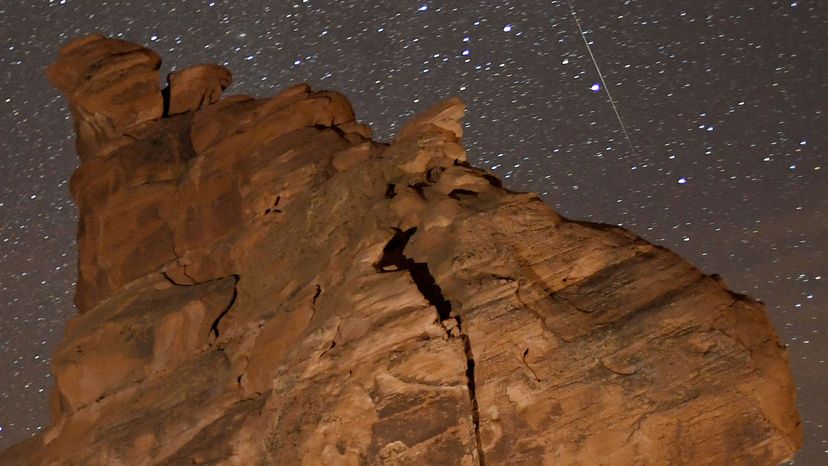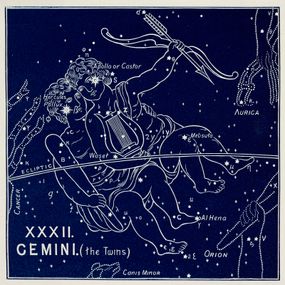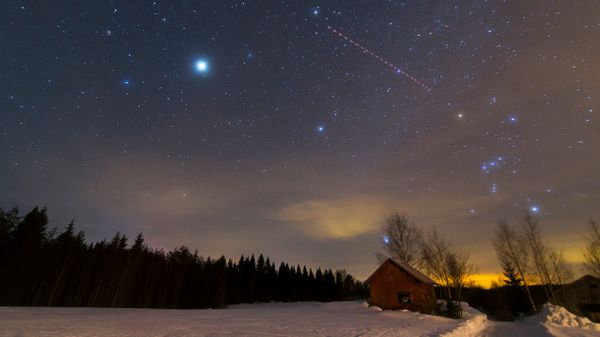
There are plenty of reasons to turn your gaze skyward near the end of the year. For some, it's a chance to watch for snowflakes. For people in the Southern Hemisphere, it's the peak season for basking in the sun. But all over the planet, mid-December is when the annual Geminid meteor shower takes place.
This shower is generally one of the stronger displays of the year, both in terms of the number of meteors and their respective size. As EarthSky puts it, "The meteors tend to be bold, white and quick... On a dark night, near the peak, you can often catch 50 or more meteors per hour." The peak in 2022 will occur at 8:00 am EST (1300 GMT) on Wed. Dec. 14, which means that you'll need to view this in the pre-dawn hours. Astronomers predict that there may be as many as 150 meteors per hour visible, but the night's waning gibbous moon may interfere with visibility.
Advertisement
The meteor shower appears annually when Earth passes through the point where its orbital path intersects with a stream of debris cast off from the asteroid 3200 Phaeton. The debris hurtles by at a rate of 80,000 miles (130,000 kilometers) per hour, vaporizing as the Geminid showers. The bright moon this year may diminish some of the visibility, but this meteor shower should still be observable.

The constellation Gemini, meaning twins, was named by ancient observers for the Greek mythological twins, Castor and Pollux. They imagined the two standing side by side in the cosmos and the stars where their heads would be also share their names. Most of the Geminids will appear to originate to the right of the bright star Castor, which viewers will see as the twin standing to the right of his brother.
The origin point of a meteor shower is called the radiant point because most of the meteors appear to radiate outward from this spot. At 2 a.m., the radiant point will be highest in the sky, making it peak watching time. A good viewing strategy is to keep the radiant in the periphery of your sight, rather than staring directly at it. And unlike many annual meteor showers, which are only visible in the early morning hours, the Geminids tend to be an all-night affair; Gemini will be in a good viewing position from 10 p.m. onward on the night of peak activity this year.
No special binoculars are needed; you just need a dark sky away from city lights. And give yourself an hour of watching time, as it takes around 20 minutes for your eyes to adjust to the dark.
Advertisement

